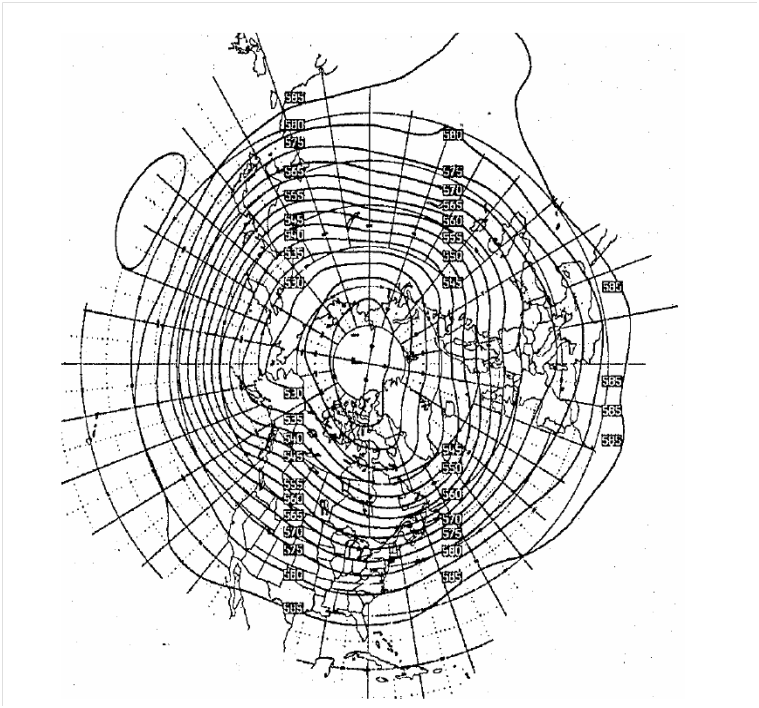霜降(Frost Descent):
( Weather Gibberish Talk by Gary Lee)
Shuangjiang (霜降)literal meaning is “frost descent”, is one of the 24 jieqi (Solar Terms) in ancient Chinese culture. Shuangjiang means the Sun reaches the celestial longitude of 210 degree and ends when it reaches when longitude of 225 degrees. In Georgian Calendar, it usually starts around October 23rd and ends around November 7th each year.
What is Celestial longitude? It is part of the Celestial coordinate system that people used to track the positions and orbit of the Sun in ancient time. The most widely used in here would be astrology’s celestial sign for each month. In Chinese, it is called HuangDao, literal meaning is “Yellow path”. Since Sun is yellow, it is also called Solar Path. In English, we just call it Ecliptic.
Diagram below is in courtesy of
http://zh.wikipedia.org/wiki/File:AxialTiltObliquity-zh-Hans.png
with direct translation by my crude skill.


Figure above is from
http://en.wikipedia.org/wiki/File:Ecliptic_grid_globe.png. It shows the relationship of celestial coordinate with longitude and latitude.
Now the animated diagram below shows the correlation of the season with Celestial Longitude.
with courtesy of
http://en.wikipedia.org/wiki/File:Ecliptic_vs_equator_small.gif
Because the starting of the Chinese Culture is around 30 degrees to 50 degrees latitude, 24 jieqi (Solar Terms) are suitable for mid-latitude of Northern Hemisphere. Due to the Sun is slowly moving away from Equator in latitude, 24 jieqi recorded down the most probable botanical, biological and weather phenomena in average throughout the year.
Around the period of Shuangjiang, the air temperature around this latitude will get to 0 degree at night and cause morning dew to freeze into frost.

Since 24 jieqi is the climate average phenomena of latitude 30 to 50, then we should look at the climate average of this latitude first.

Figure above is the 500mb average height contour of October 1949 - 1978. 560 dam to 570 dam riding right across Southern Ontario with 555 dam to 565 dam going across Southern BC into Prairies. With the hint of the Arctic vortex near the polar region, Eastern Pacific ridge, Bering trough, Western Pacific ridge, Eastern Asian trough, and Caspian ridge.
Now let’s compare the above with this year’s 500mb Height Contour below.

The magical 560 dam to 570 dam area riding around Southern Ontario, which is conforming with the climate average. With a slightly stronger than normal Eastern Pacific Ridge across BC, a deeper Bering Sea trough, and deeper Icelandic trough are the only anomalies. Otherwise, the position of the arctic vortex and climatological trough and ridge position are in decent consensus.
Let’s look at the “near surface” average.

Figure above is the Monthly mean 1000mb contour for October 1949-1978.
Broad area of Northern Atlantic High, East and West Pacific Ridge, Bering Low, Mongolian/Capsian High, and Icelandic Low is the climate average of the surface prominent feature of Northern Hemisphere.
Now let’s look at this year.

The striking similarity to climate average with the good positioning of the arctic vortex, slightly stronger Icelandic low and Bering Low, decent Northern Atlantic and Northern Pacific High, and relatively good positioning of Mongolian to Capsian High. All in all, this autumn is a relatively normal for most part of North America and other parts of the world.
Now, we have this year is relatively average in climatological speaking established. Since Shuangjiang is related to cold air from Mongolia, and the telecommunication and timing among Hudson Bay trough, East Asian trough, Bering Sea trough, and positioning of the arctic vortex are in great consensus this year. With similar latitude and the 500mb thickness in climate average is very very similar in the place where Chinese developed 24 jieqi and North America in our part of the latitude (from 500mb thickness analysis of climate average picture above), are we likely to see frost in the morning in the period of “Shuangjiang (Frost Descent)” between October 23rd to November 7th of this year in Southern Ontario? The Answer is YES, we are likely to see frost in that period.
http://www.theweathernetwork.com/14-day-weather-trend/canada/ontario/mississauga.
With the forecast shows, ever since 23rd of October, temperature at night will dip close to 0 degree and rural areas of Southern Ontario are likely to see frost in the morning when sky is relatively clear with light wind. Time to get ready to protect your plants with proper attires. :)
Gary Lee
October 22nd, 2013 12:05pm









